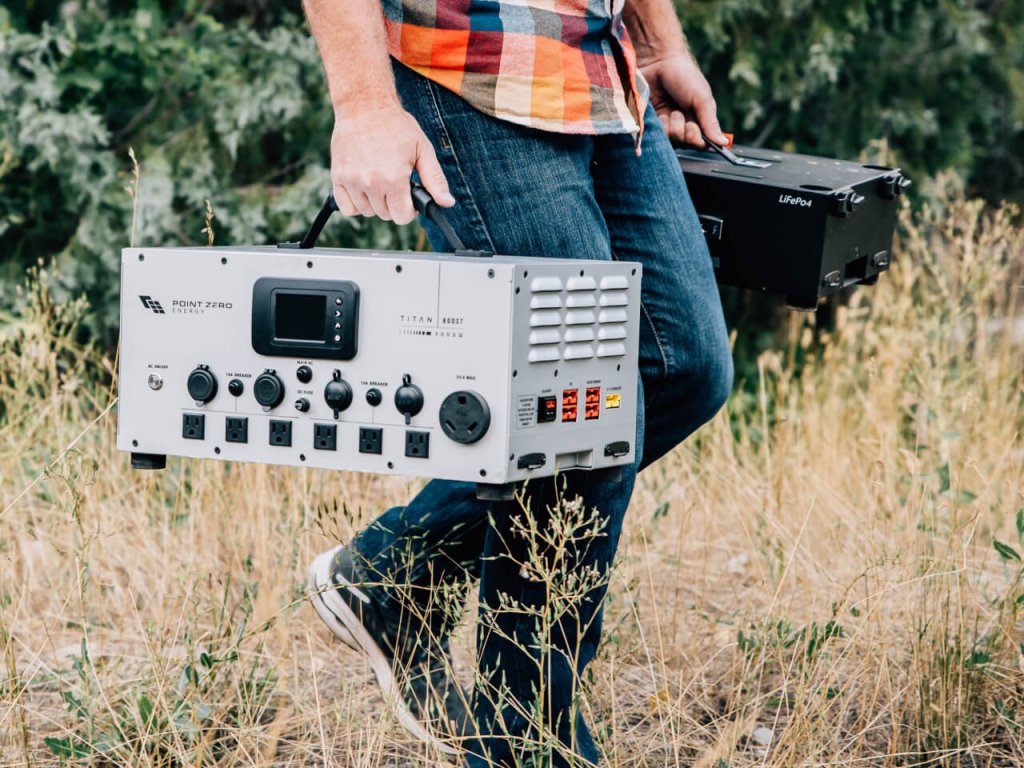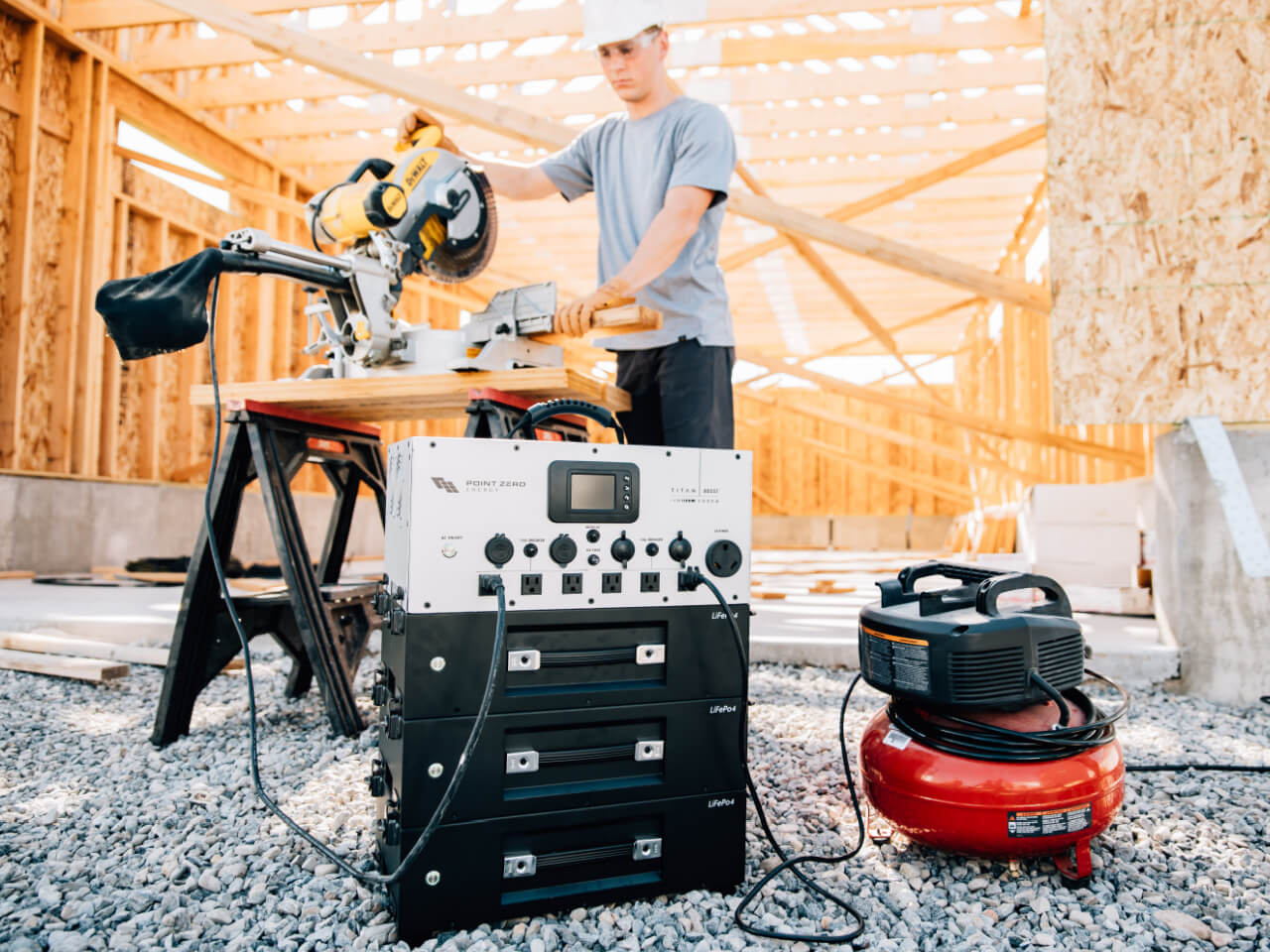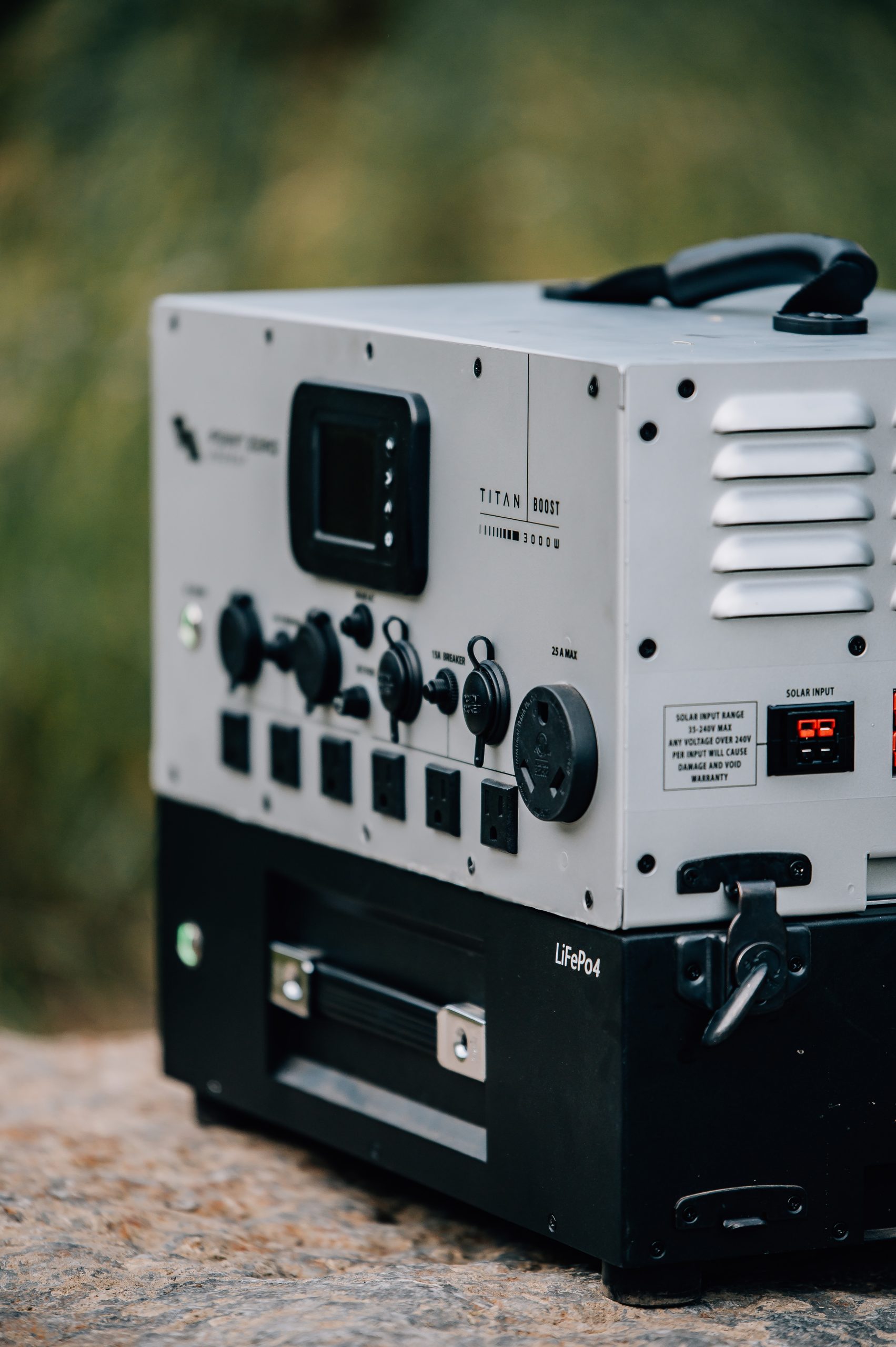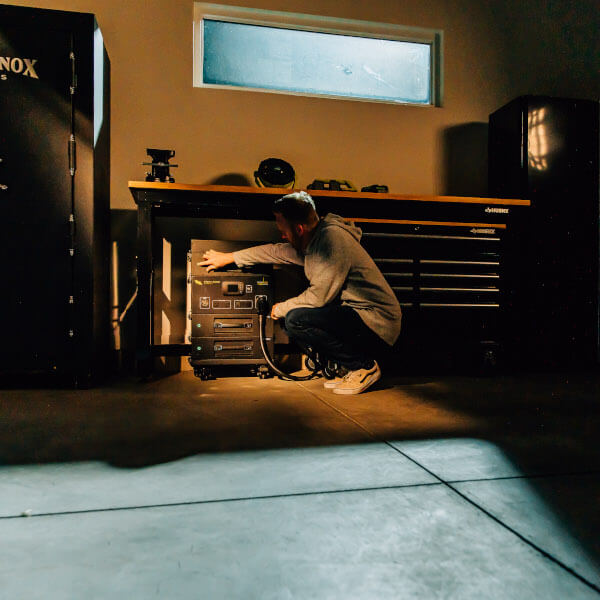A solar inverter is a critical component in any solar power system. It is responsible for converting the direct current (DC) electricity produced by solar panels into alternating current (AC) electricity, which is the type of electricity used in most homes and businesses.
But what exactly does a solar inverter do, and why is it so important for a solar power system to have one? In this blog post, we’ll break down the basics of solar inverters and explain how they work.

First, let’s talk about the difference between DC and AC electricity. DC electricity, also known as direct current, is a flow of electrons in one direction. It is the type of electricity produced by batteries, and it is commonly used in electronic devices such as smartphones, laptops and other portable devices. DC electricity is also produced by solar panels, as they convert the energy from the sun into usable electricity.
On the other hand, AC electricity, or alternating current, alternates the direction of the flow of electrons. It is the type of electricity that is typically used in homes and businesses, and it is supplied by the utility grid. The reason that AC electricity is used in these settings is that it is able to travel long distances more efficiently than DC electricity, which is why it’s used in the power grid.
Solar panels produce DC electricity, but most appliances and devices in our homes and businesses run on AC electricity. This is where the solar inverter comes in. The solar inverter takes the DC electricity produced by the solar panels and converts it into AC electricity. This is necessary so that the electricity generated by the solar panels can be used in our homes.
The process of converting DC electricity into AC electricity is called “inversion.” It involves changing the direction of the flow of electrons. The inverter also regulates the voltage and frequency of the electricity to match the utility grid’s standards. This is important because the utility grid has specific requirements for the voltage and frequency of the electricity that is fed into it. By regulating the voltage and frequency, the solar inverter ensures that the electricity generated by the solar panels is compatible with the utility grid and can be used in our homes and businesses.

In addition to converting DC to AC, solar inverters also perform a number of other important functions that help to ensure the efficient and safe operation of a solar power system. One of the key functions is monitoring the performance of the solar panels and the overall solar power system. This is done through a variety of sensors and communication technologies that allow the inverter to gather data on things like solar panel output, system voltage and current, and temperature. This data is then used to optimize the performance of the system and detect any potential problems or issues.
Another important function of the solar inverter is providing a way for the system to shut down safely in the event of a power outage or other emergency. This is known as “grid-tie” functionality and it allows the solar power system to disconnect from the utility grid in the event of a power outage, to prevent the possibility of dangerous backfeed to the grid. This also helps to protect the solar power system and the electric utility workers.
One of the most important features of a solar inverter is its maximum power point tracking (MPPT) capability. The MPPT algorithm continuously adjusts the operating voltage and current of the solar panels to ensure they are always operating at their maximum power point, even as conditions such as temperature and sunlight intensity change. This helps to maximize the energy output from the solar panels and ensure that the system is producing as much electricity as possible.
The MPPT algorithm takes into account the temperature of the solar panels, the intensity of the sunlight, and the voltage and current of the solar panels to determine the maximum power point. By continuously monitoring these variables and adjusting the operating voltage and current of the solar panels, the MPPT algorithm ensures that the solar panels are always operating at their most efficient point. This helps to increase the overall energy output of the solar power system and can lead to significant savings on energy costs over time.
The Point Zero Energy Titan Boost has dual MPPT charge controllers and only the highest quality parts. For example, most solar generators use cheap, low quality charge controllers that cannot step the voltage down to produce high amps. Most don’t allow for voltages over 30-50 volts. The Titan on the other hand, can take up to 240 volts. This means your solar panel wires will have very low amps running through them making them much more efficient, plus they will be cool to the touch where others can be very hot. It also makes wiring up your solar panels much easier and safer.

There are different types of solar inverters available on the market, each with its own set of features and benefits. The most common types are string inverters, central inverters, and microinverters.
Central and string inverters, also known as “string-level” inverters, work by connecting multiple solar panels together in a series of strings. The number of panels in a string depends on the voltage and current capacity of the inverter. The strings are then connected to a single inverter, which converts the DC electricity produced by the panels into AC electricity.
Central and string inverters are commonly used in large-scale solar power systems, such as those found on commercial and industrial buildings. They are also used in residential solar power systems, but typically in systems that have a high number of panels. The major advantage of central and string inverters is that they are typically less expensive than microinverters.
Microinverters, on the other hand, pair each panel with its individual inverter. Microinverter systems are wired in parallel, which means that each panel is connected to its own inverter, as opposed to being connected in a series like string inverters. This means that if one panel is shaded or not working properly, it will not affect the other panels in the system.
Microinverters are more expensive than central and string inverters, but they offer several benefits. One of the major benefits is that they allow for greater flexibility in system design. Microinverters can be used with a variety of panel types and orientations, and they can be easily added to an existing system. Microinverters also provide real-time performance monitoring, which allows you to see how much energy each panel is producing.
A helpful analogy to think of inverters is to think of them like holiday string lights. Central inverters are like the old kind, where if one bulb goes out, the entire sequence goes out. Microinverters are like the new holiday lights: if one bulb goes out, you simply replace it. This means that if one panel is not performing as well as others, it does not affect the entire system, and you can easily identify and replace the faulty panel.
When it comes to solar power systems, the inverter plays a crucial role in converting the DC electricity produced by the solar panels into AC electricity that can be used in our homes and businesses. But what is often overlooked is the importance of the inverter’s watts rating. Understanding the watts rating of an inverter is crucial for determining the size and capacity of your solar power system.
Watts is a measure of power and is often used to describe the output of an inverter. The watts rating of an inverter tells you how much power the inverter can produce at a given time. In other words, it tells you how much electricity the inverter can generate.
When choosing an inverter, it is important to select one that has a watts rating that meets or exceeds the maximum output of your solar panel array. The inverter must be able to handle the peak power output of the solar panels to ensure that the system operates at its maximum efficiency. If the inverter is not powerful enough, it will not be able to convert all of the energy produced by the panels, resulting in wasted energy and reduced overall system performance.
The Titan has a powerful 3000 Watt High Efficiency Inverter. The 3000 watt high efficiency inverter is a powerful option that boasts twice the power of similar solar generators. Despite its impressive power output, it is also incredibly energy efficient. With a no-load power draw as low as 5 watts and an efficiency rate of up to 92%, it uses minimal energy to run. In comparison to a larger inverter, it’s like a small car using less fuel than a truck. This inverter is like a high-performance race car that also offers excellent fuel efficiency, making it a great choice for powering your solar power system.
In summary, a solar inverter is a critical component in any solar power system. It converts the DC electricity produced by solar panels into AC electricity, and it performs a number of other important functions such as monitoring system performance and providing a safe shutdown in case of an emergency. There are different types of solar inverters available on the market, each with its own set of features and benefits, so it’s important to choose the right one for your specific needs and budget.

